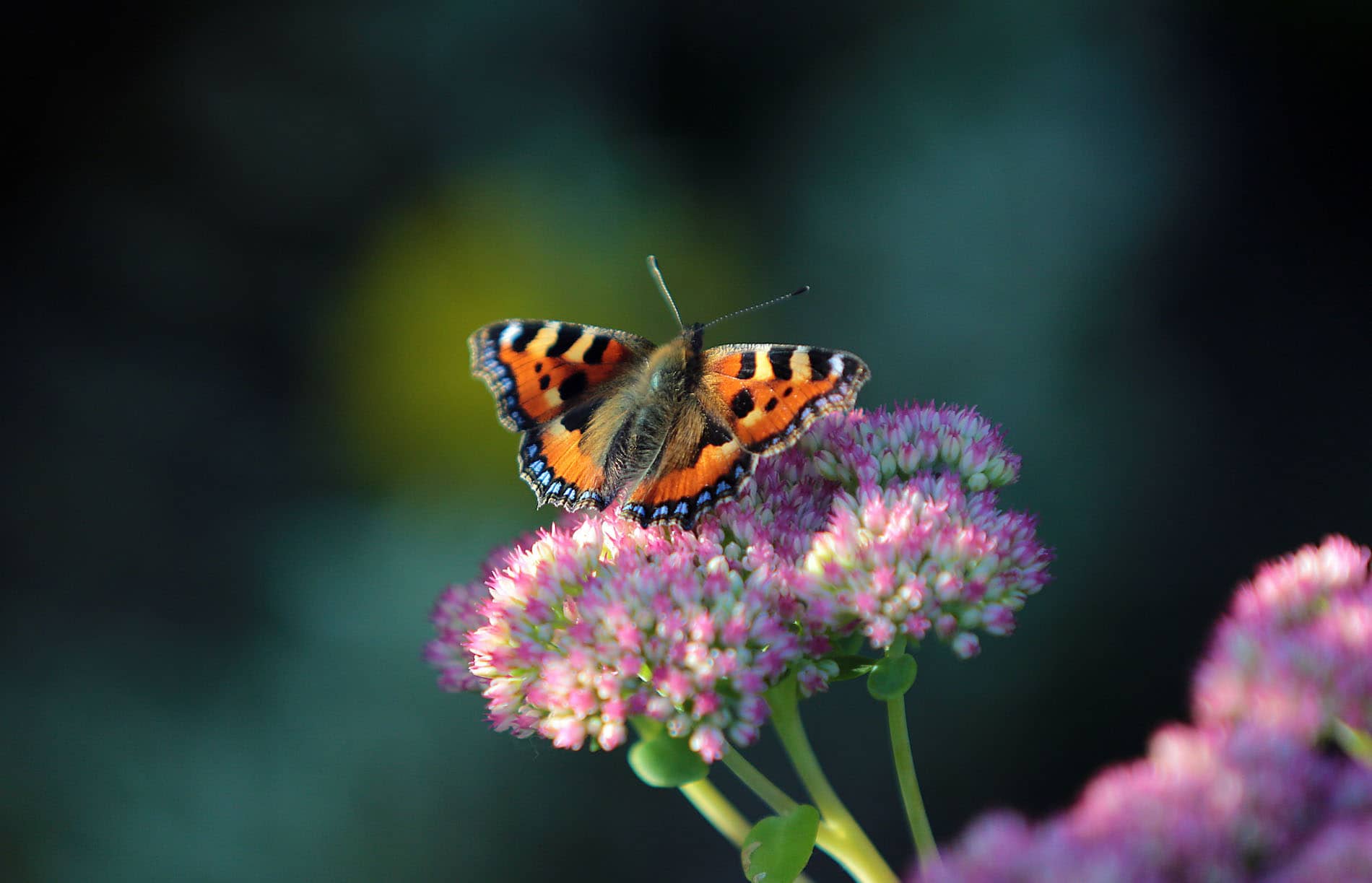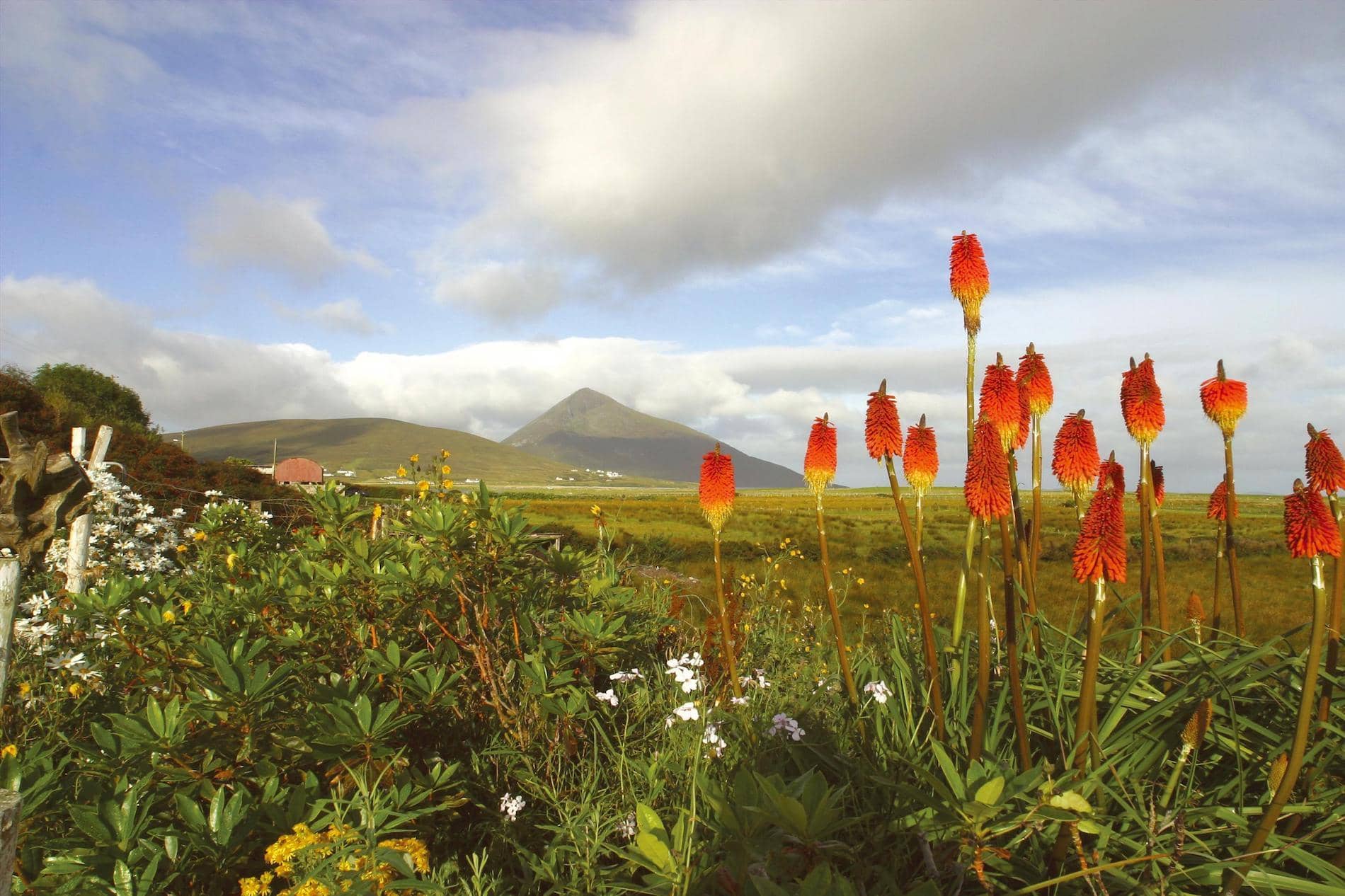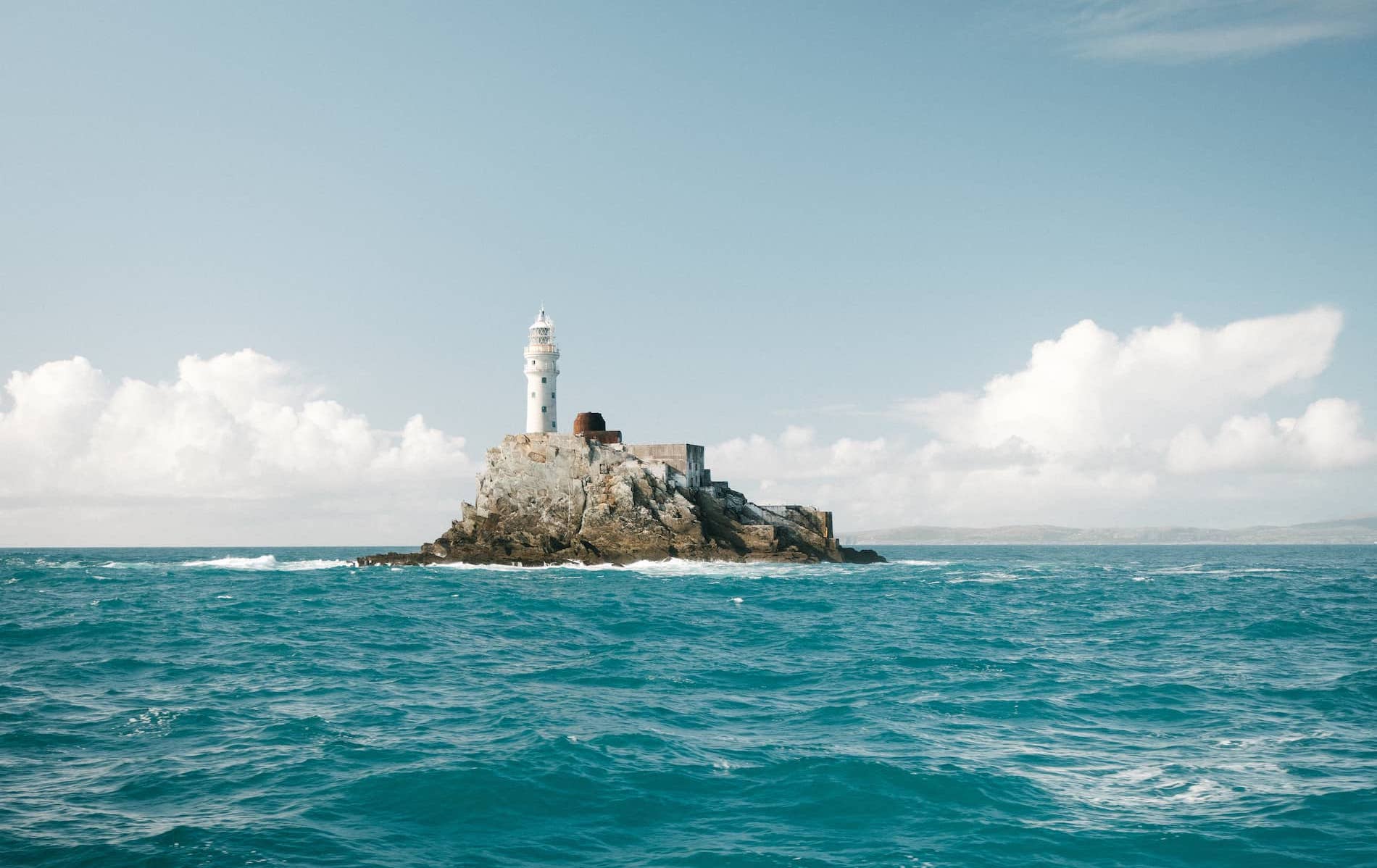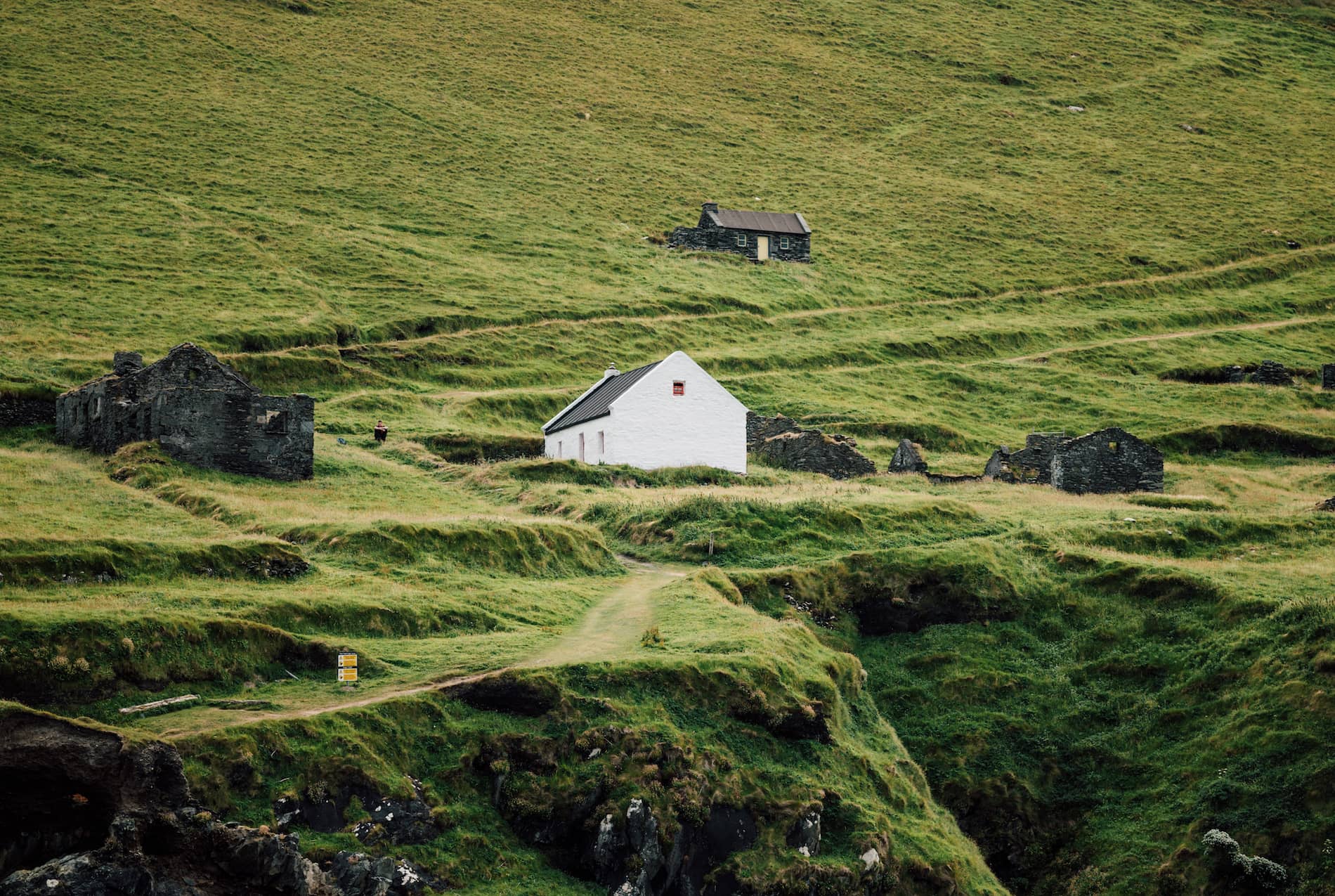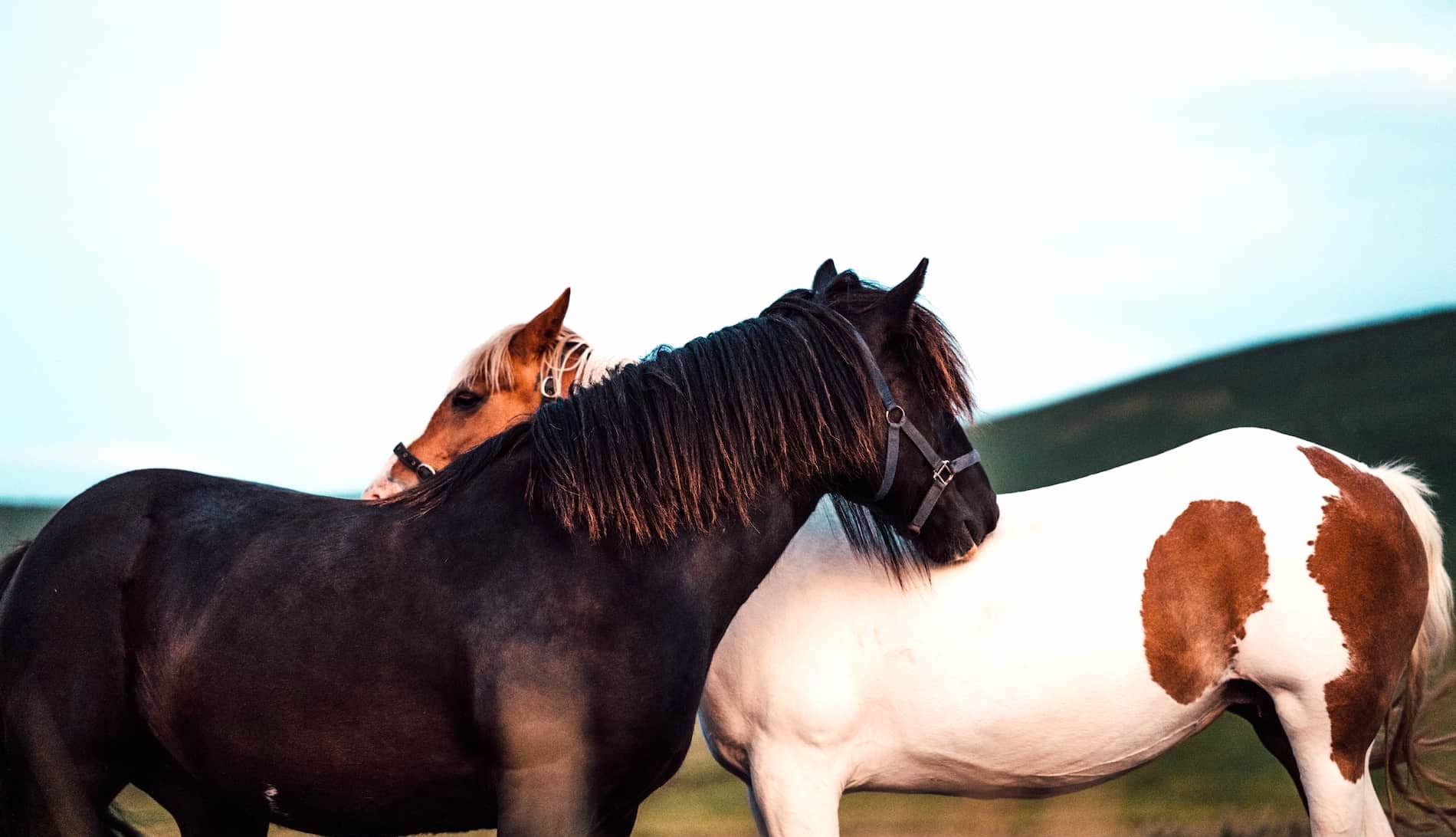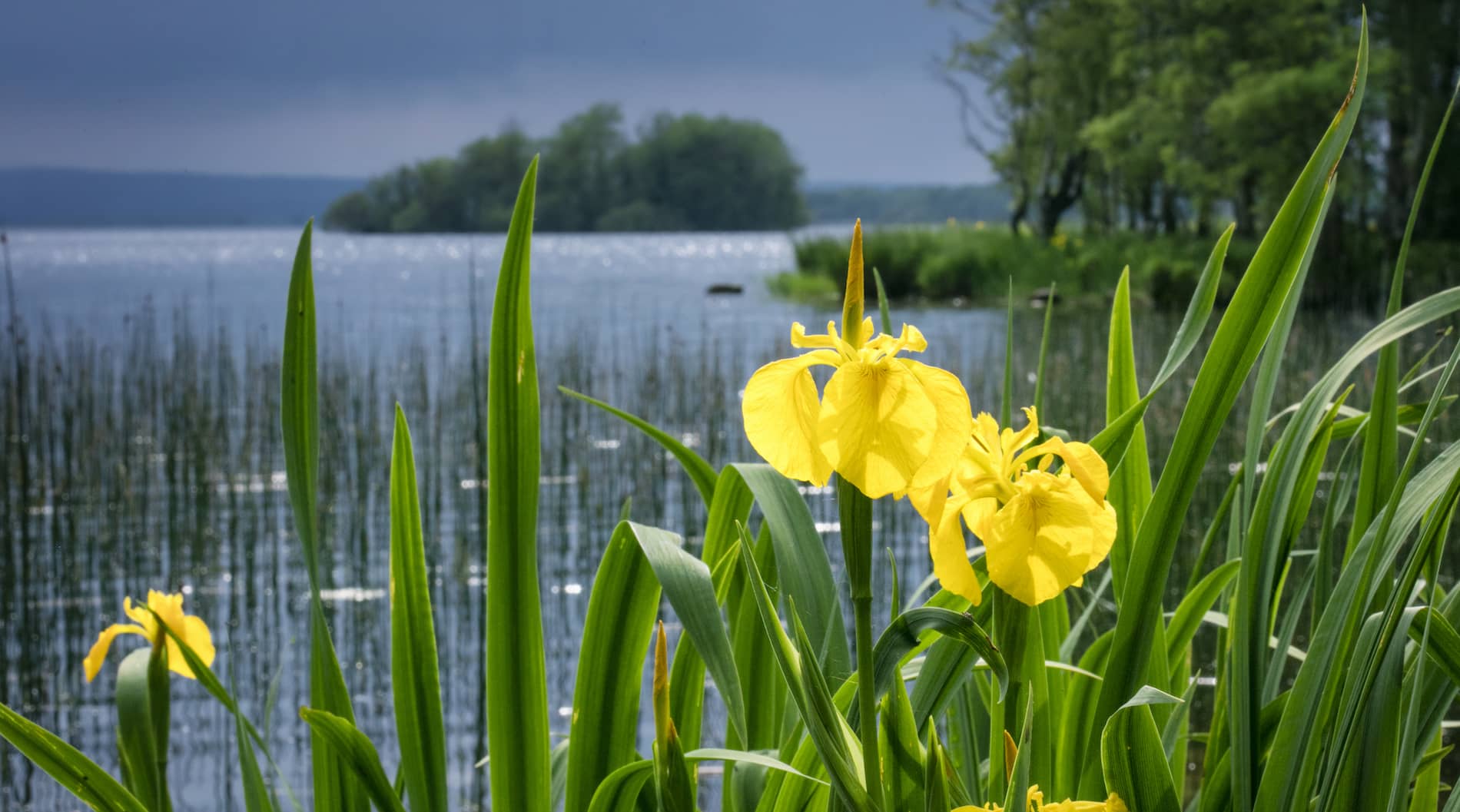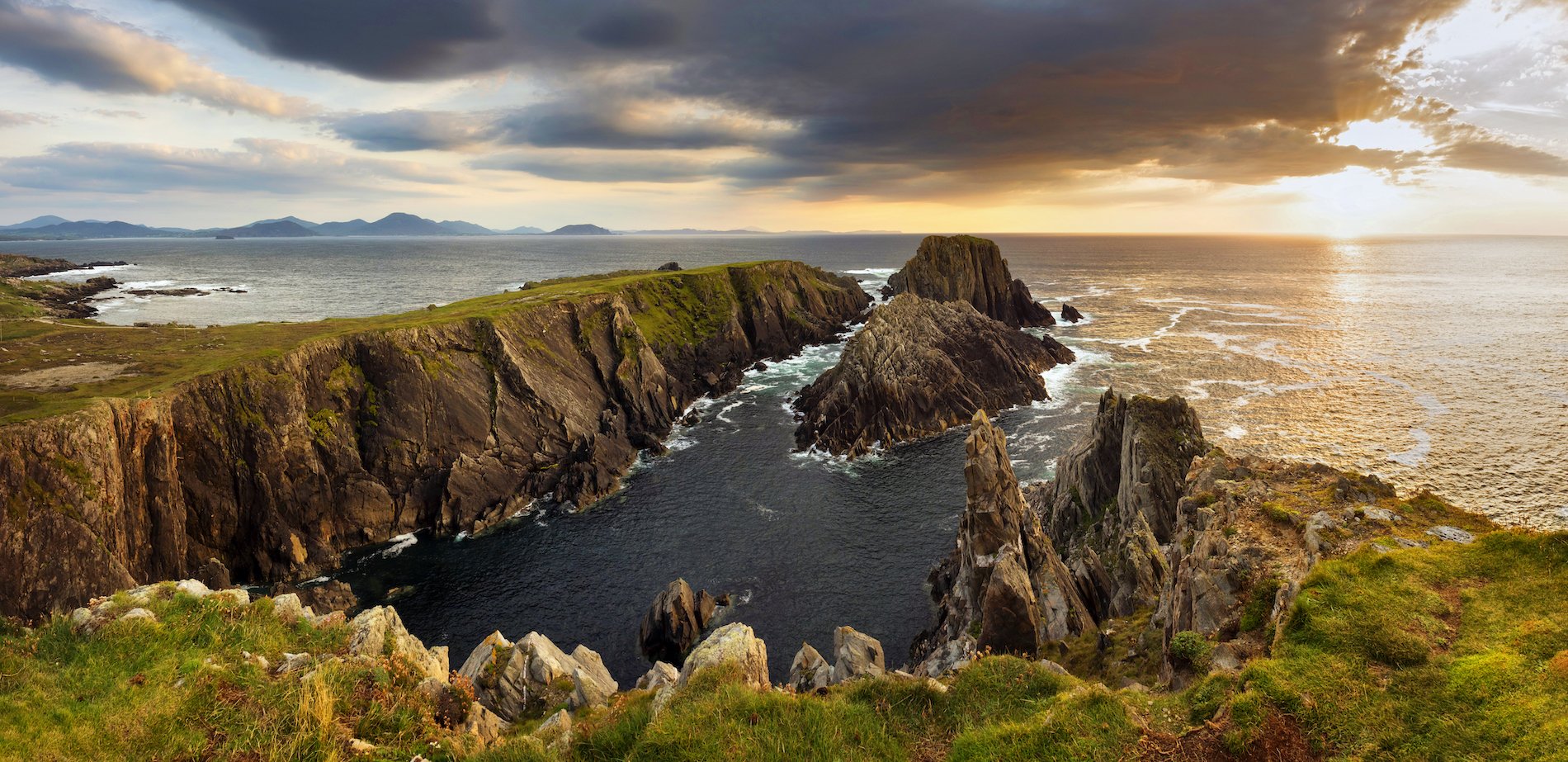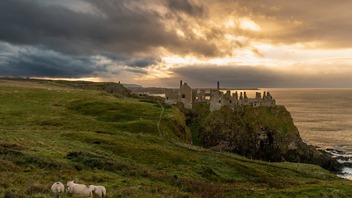
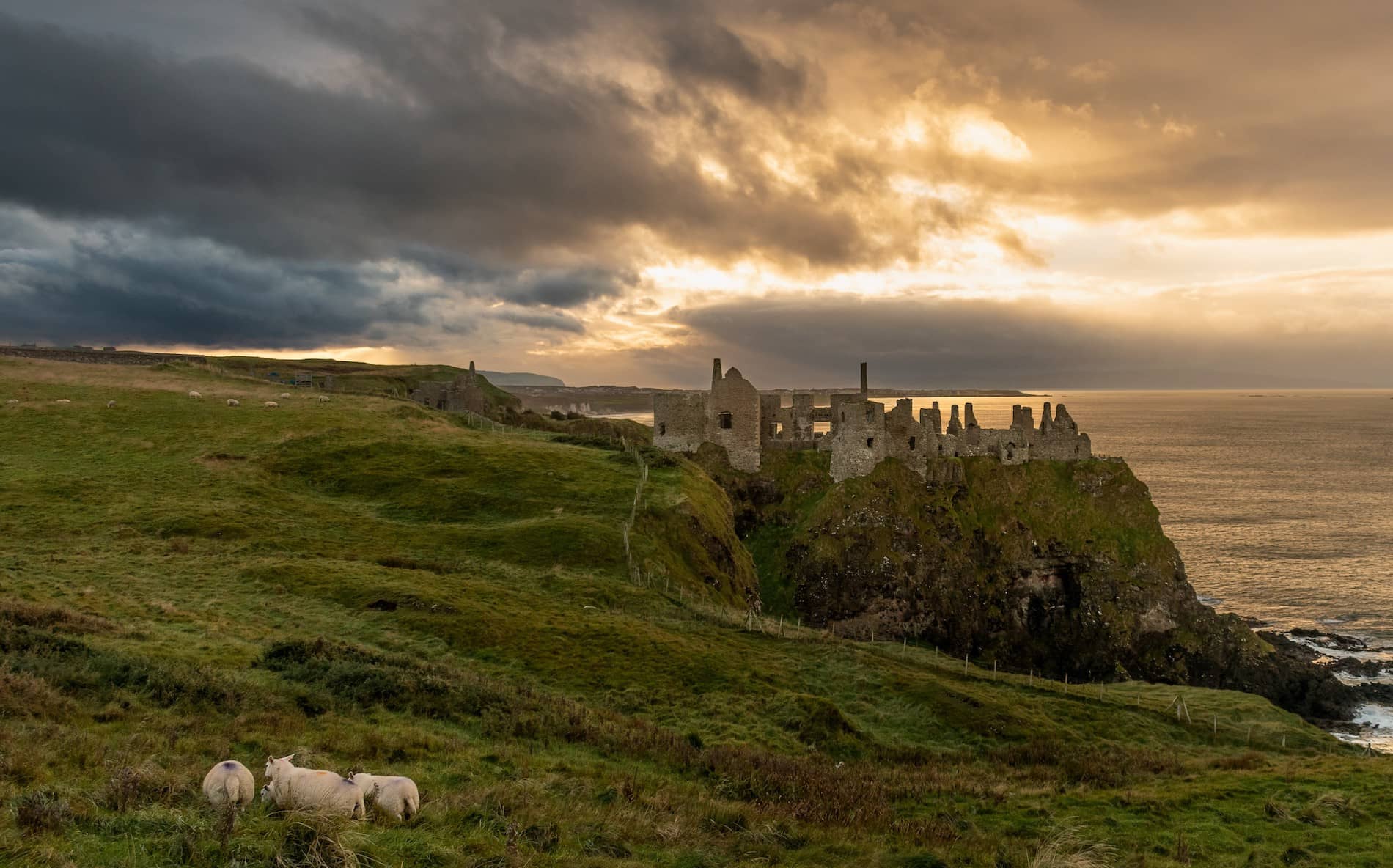
Ireland: frequently asked questions
Whether you’re looking for advice on passports or wondering whether you can bring your pet to Ireland, you'll find your answers here
What's on this page
Ireland: fast facts
The island of Ireland is made up of Northern Ireland and the Republic of Ireland.
Dublin is the capital of the Republic of Ireland. Belfast is the capital of Northern Ireland.
The population of the island of Ireland is around 6.9 million (5 million in the Republic of Ireland, 1.9 million in Northern Ireland).
English is the main language spoken on the island of Ireland but you'll also hear Irish and Ullans (Gaelic Scots) spoken in some areas.
Yes, Ireland can be a great destination for visitors with reduced mobility or those with other disabilities. Many attractions, accommodation providers, restaurants, pubs and transport providers are wheelchair accessible and offer a range of supports and services to people with hearing and visual impairments, and those with autism and intellectual disabilities. And improvements are being made all the time.
Accommodation
Lots of accommodation providers offer accessible rooms, but as these rooms are limited, it’s best to book well in advance of your stay. Facilities vary so ask your accommodation provider for details or consider requesting photographs so you know exactly what you’ll be getting.
Some premises, such as heritage properties and castles have limited accessibility as they are protected structures but do contact them to ask if they might be suitable for your needs. A great resource is Disabled Friendly Hotels, which includes travel tips and a list of over 50 hotels around the island of Ireland, compiled by Philip Quinlan of Spinal Injuries Ireland.
Transportation
You’ve got some options here. You can hire a vehicle for your stay. Motability Ireland offers wheelchair-accessible vehicles and adapted automatic cars so you can start your Ireland road trip right away.
You can hire a guide/private driver to show you around, giving you a chance to sit back and enjoy the view. You can book your whole trip through a tour operator who specialises in accessible travel and will look after everything from itinerary planning to accommodation and transport.
You can also use Ireland’s public transport network to explore the island. Buses are generally accessible for wheelchair users and those with limited mobility. Trains, including the DART commuter train in Dublin, have designated spaces for passengers with disabilities, as does Dublin’s Luas tram system.
However, some stations may not be accessible so you may need to plan your route and check it will be suitable for your needs. Wheelchair accessible taxis can also be booked.
Transport for Ireland and Translink in Northern Ireland have lots of useful information on accessibility and public transport around the island. And you can use the TFI Journey Planner to help you plan.
Things to see and do
From popular visitor attractions and cosy pubs to golden beaches and tranquil greenways, there are lots of things to see and do on your Ireland trip. While there are still improvements to be made, more and more experiences are ensuring that they are accessible to people with disabilities. However, it’s always a good idea to check accessibility before you visit by calling ahead or checking online.
And remember…
If you need help or advice either before or during your trip to Ireland, don't be afraid to ask. People will be more than happy to offer whatever assistance they can! For more tips, there are some excellent resources on our Accessibility in Ireland page.
Yes, many of Ireland’s top visitor attractions are accessible to wheelchair users and visitors with disabilities, which means that everyone can experience the best of what the island has to offer.
If you’re interested in adding a site to your Ireland itinerary, we suggest you check out its website. Many attractions have detailed accessibility information about the services and supports they offer, such as sensory maps, visual guides, Braille guides, accessible parking spaces and free entry for disabled visitors and their carers. We’ve picked just a few from around the island...
DublinA visit to Trinity College Dublin to view the famous Book of Kells is a must. You can enjoy a fully accessible tour around the 16th century campus before experiencing the immersive Book of Kells Experience.
History buffs will find three branches of the National Museum of Ireland in the city, all largely wheelchair accessible and offering audio-visual aids and audio guides.
No visit to Dublin would be complete without a stop at the Guinness Storehouse, home of Ireland’s famous black beer. The whole experience is wheelchair accessible – including an accessible tap to ensure you can pull your own pint of Guinness. Handheld text, audio and international sign language guide devices and sensory maps are also available for free.
BelfastIf you’re heading up to Belfast, Titanic Belfast is a great spot that honours the city’s proud position as the birthplace of Titanic. The building is wheelchair accessible, and audio guides and guides with sign language visuals are available for visitors with sight or hearing impairments.
Other great options are the Ulster Museum, the MAC arts centre and Crumlin Road Gaol – all of which offer a range of supports for visitors with special needs.
Northern IrelandOne of the island of Ireland’s most popular attractions is the UNESCO World Heritage site, the Giant’s Causeway on the north coast.
The visitor centre has a range of accessibility features that make it suitable for wheelchair users and those with limited mobility. An induction loop is in place for those with hearing aids, and audio guides are available for those with visual impairments. The Green Path is wheelchair accessible and offers stunning views of the iconic stone formations.
Other great places to visit include the Game of Thrones Studio Tour, where accessible facilities and specially trained staff make sure everyone can enjoy the experience, and the famous city walls in Derry~Londonderry, which can be accessed by wheelchair users via a ramp.
Wild Atlantic WayThis coastal touring route hugs the rugged west coast of Ireland, offering dramatic sea views at almost every turn. Many of its stunning beaches now offer beach wheelchairs and accessible parking spaces.
You’ll find accessible boat tours to unique places such as Skellig Michael, and the iconic Cliffs of Moher offer an excellent experience for visitors with disabilities. The viewing platform is wheelchair accessible and electric buggies are also available for those with limited mobility.
Ireland’s Ancient EastDon’t miss the Beyond the Trees Avondale experience in County Wicklow, where the Treetop Walk and the Viewing Tower are both fully accessible for wheelchair users.
If you’re visiting the Rock of Cashel in County Tipperary, you may need to contact staff in advance to ensure access.
The impressive megalithic passage grave known as Newgrange in County Meath has a fully accessible visitor centre with immersive exhibitions but access to the passage tomb itself is limited due to the nature of the monument.
Ireland’s Hidden HeartlandsThe River Shannon flows through Ireland’s Hidden Heartlands and a lovely way to experience it is to take a boat tour. In fact, you can board the Viking Tours boat in Athlone (contact staff beforehand to arrange) and sail down the river towards the important 6th century monastery at Clonmacnoise.
The site here may not be suitable for wheelchairs or those with limited mobility as the ground can be rough but the visitor centre is wheelchair accessible and audio-visual guides are available.
The whiskey distillery tour at Tullamore D.E.W. is fully accessible and will give a great insight into the rich distilling heritage of the island of Ireland.
If you’re on a budget for your Ireland holiday, don’t worry – no matter what kind of accommodation you’re looking for, you can find good value all around the island.
HostelsFirst up, look at hostels – always a great option for budget travellers. Ireland has lots of great hostels all around the island, so whether you’re on a city break or a rural road trip, you don’t have to blow your budget on accommodation.
Most hostels offer private rooms (some with private bathrooms) if a dormitory option doesn’t appeal to you. But you’ll need to book ahead to avoid disappointment.
CampsitesDepending on the time of year you’re travelling, you might consider camping. By pitching your tent in one of the many scenic campsites around the island, you’ll be able to keep your accommodation budget under control and also get as close to nature as you could possibly desire.
B&BsIreland is rightly famous for its B&Bs (bed & breakfasts), which offer a warm Irish welcome that visitors love. You’ll find B&Bs all around the island and in all price ranges, from one to five-star so you’re sure to find something that suits your pocket.
Self-cateringSelf-catering is another option to consider – particularly if you’re travelling with others as you can split the cost among the group. Again, you’ll find options that range from high-end luxury to cheap and cheerful. Many are also pet-friendly, which is useful if you’re travelling with the family pet.
HotelsDon’t assume that hotels are out of the question just because you’re on a budget. They’re often more affordable than you might think, particularly in the off-season. Look at the star rating (one to five-star) to get an indication of the price range.
And check directly with the hotels to see if they have any deals on offer, such as mid-week breaks or discounts for booking multiple nights.
Simply put, high demand and supply shortages have led to higher car rental prices in Ireland. But this doesn’t have to put a dent in your holiday plans because it’s easy to have a great holiday in Ireland without a car.
You can use Ireland’s public transport system (buses, trains, trams) to explore the island, while saving on costs AND reducing your carbon footprint.
Trains are a great way of travelling between cities and large towns.
Buses will help you get off the beaten track a little more as they service small villages and rural communities.
Dublin’s tram system, known as the Luas, is great for navigating the city.
City bike-sharing schemes are also really useful for getting around cities including Dublin, Belfast, Cork, Galway and Limerick.
Speaking of cycling, a lot of people combine bike hire with public transport on their Ireland holiday. Just take the train or bus to your chosen destination and then hire a bike so you can continue to explore at your own pace. There are lots of private bike rental companies that offer a wide range of bikes, including e-bikes.
Another useful tip is to look for private operators who run organised tours to popular visitor attractions – they’re a hassle-free way of seeing the sights.
Visit the Transport for Ireland website where you’ll find all the information you need about getting around Ireland, including a journey planner and information on fares.
Where to stay, where to eat, what to see and do, and how to save: we’ve got some great tips for doing Ireland on a budget.
AccommodationYou can opt for budget-friendly hostels and B&Bs to save some euros. Self-catering accommodation is also great for bigger groups as you can split the costs. And do check out hotels, too, as there are often deals for longer and mid-week stays.
Dining outWe’ve got a great guide to dining out on a budget in Ireland that covers everything from street food and picnics to early-bird deals and pub grub.
Getting aroundAvoid high car rental costs by opting for public transport and making use of Ireland’s bus and rail network to go exploring.
Travel cards such as the iLink in Northern Ireland, the Leap Visitor Card in Dublin and surrounding counties, and the Belfast Visitor Card offer great savings on travel, as well as discounts on tours and entry to popular attractions, and offers in shops and restaurants.
Things to see and doFind out the places you can visit that are completely FREE! Lots of museums, art galleries, and libraries around the island offer amazing cultural experiences that won’t cost you a cent.
Self-guided walking tours allow you to explore at your own pace and without putting your hand in your pocket.
And nature is always free of charge – whether you’re visiting the resident deer in Dublin’s Phoenix Park, following the walking trails along the stunning Causeway Coastal Route or dipping your toe in the bracing waters of the Atlantic Ocean on a sandy Wild Atlantic Way beach.
EntertainmentWhen it comes to entertainment, you can enjoy the unique atmosphere of an Irish pub, often with a bonus traditional music session for the price of a drink.
Theatre tickets tend to be reasonably priced in Ireland, particularly in smaller and regional theatres, and you can also look out for discounted prices for previews.
If you come at festival time (which is pretty much all year round in Ireland) you can often catch free events, workshops, concerts, and more so it’s worth keeping an eye on what’s on during your stay.
The simple answer is: it depends on where you’re travelling from.
Most people need a valid passport to enter the Republic of Ireland and Northern Ireland and many will also need a visa, but there are exceptions:
British citizensBritish citizens don’t need a passport or visa to travel to the island of Ireland as both the UK and Ireland of part of the Common Travel Area. However, they will need official photo identification.
EU citizensEU citizens (as well as citizens from Switzerland, Norway, Iceland and Lichtenstein) can travel to the island of Ireland (including Northern Ireland) without a passport or visa as long as they arrive at and depart from the Republic of Ireland.
They will just need a national identity card. However, those citizens will need a passport if they’re travelling directly to Northern Ireland or travelling on to Great Britain from Northern Ireland.
Travellers from the rest of the worldTravellers from the rest of the world will need a valid passport to travel to the island of Ireland. Whether you also need a visa will depend on where you’re travelling from – find out more about visa requirements for the island of Ireland.
Electronic Travel Authorisation (ETA)Electronic Travel Authorisation (ETA) From the end of 2024, all travellers (except British and Irish nationals, and eligible residents of Ireland) will need an Electronic Travel Authorisation (ETA) to travel to the UK, including Northern Ireland, and also travel to Northern Ireland from the Republic of Ireland.
Photo identificationPhoto identification Air and sea carriers require some form of photo identification (usually either a passport or driving licence), so ALWAYS check what form of ID is required with your individual airline, ferry company or travel agent before travelling.
You can apply online for a visa to visit the Republic of Ireland at the INIS (Irish Naturalisation and Immigration Service) website.
If you’re coming for a holiday or short break (less than 90 days), you’ll most likely need a Short-Stay “C” tourist visa.
Northern IrelandYou can apply online for a visa to visit Northern Ireland at the GOV.UK website.
If you’re coming for a holiday or short break (up to six months), you’ll most likely need a Standard Visitor visa.
No, you don’t need a passport to cross the border from the Republic of Ireland into Northern Ireland and vice versa.
However, you should check before your trip whether you need a visa to travel to the island of Ireland (Republic of Ireland and Northern Ireland).
From the end of 2024, all travellers (except British and Irish nationals, and eligible residents of Ireland) will need an Electronic Travel Authorisation (ETA) to travel to the UK, including Northern Ireland, and also travel to Northern Ireland from the Republic of Ireland.
Absolutely! Most restaurants in Ireland have vegetarian options on their menus, and many are vegan-friendly and suitable for gluten-free diners.
They will also have detailed information about allergens on their menus so your allergies won’t keep you from enjoying amazing food during your trip.
Eating outMore and more people in Ireland are opting for a plant-based or vegetarian diet so there is no shortage of options when you’re eating out.
Cities and larger towns will offer restaurants that specialise in vegan and vegetarian fare.
But even once you get off the beaten track, you’ll find that restaurants, coffee shops and pubs will have a surprising range of suitable foods, from gluten-free baked goods to vegan burgers. If you don’t see anything on the menu, just ask. Most places are happy to accommodate.
If you’re currently planning your trip and looking for ideas, here are some recommendations for vegetarian and vegan options in Belfast, Dublin and around Ireland.
The Happy Cow is a great resource, too, with hundreds of veggie eateries listed with contact details and user reviews.
DrinksLet’s start with the most important one: Guinness, Ireland’s most famous export, is now vegan-friendly. Good news for anyone who wants to enjoy a pint or visit the Guinness Storehouse during a trip to Ireland.
In fact, you’ll find that a lot of Ireland’s craft beers, ales and ciders are suitable for vegans, as are famous whiskeys, such as Bushmills and Jameson.
So those microbrewery visits and distillery tours are back on the itinerary!
ShoppingGrocery shopping is also easy, thanks to dedicated sections in supermarkets offering a variety of dairy-free, egg-free, and gluten-free products.
Many popular supermarket brands now offer a range of vegan options, including plant-based ready meals, pizzas, and sandwiches. Just look for the vegan symbol on the label, and you’ll find plenty to choose from.
You can also check out health food shops and don’t forget to stop by a farmers’ market – where you’ll find the very freshest vegetables and a range of artisan food producers.
The Irish Vegan website is a great resource for finding vegan-friendly shops around the island.
FestivalsIreland really does have a festival for everything and vegan food is no exception.
Visit Belfast during the Irish Vegan Festival or check out Dublin Veg Fest and you’ll find the best of vegan cuisine, as well as talks and workshops.
Pretty much anywhere around the island of Ireland. Traditional food is an integral part of Ireland’s culture and you’ll find it in restaurants, pubs, food trucks, coffee shops and food markets wherever you go. Here are some perennial favourites to look out for:
Potato boxty: try Holohan’s Pantry in Belfast for this traditional potato cake.
Corned beef: taste the real deal, served with parsley sauce and green cabbage, at Gallagher’s Boxty House in Dublin’s Temple Bar.
Irish stew: Try Gleeson’s of Roscommon town for the best Irish stew, a bowl of slow-cooked Irish lamb, potato, carrot and barley, perfect for its simplicity.
Smoked fish: sample a selection of smoked mackerel and salmon at the Burren Smokehouse in Lisdoonvarna, County Clare.
Ulster Fry: a cooked breakfast of bacon, black and white pudding, tomato, sausages, potato farl (potato bread) and soda bread (a traditional bread). Maggie May’s in Belfast is famous for its impressive breakfasts.
Native oysters: heaven is a half dozen local oysters and a pint of Guinness at the Mourne Seafood Bar, County Down.
Spiced beef: better loved by the Irish than corned beef (which was traditionally exported), you’ll find this tasty treat at Tom Durcan’s stall in Cork’s English Market.
The blaa: a fresh bread roll unique to Waterford and best eaten mid-morning filled with bacon. Try it at Walsh’s Bakery in Waterford city.
Seafood chowder: you’ll find versions of Ireland’s take on seafood chowder in most coastal towns, but Nancy’s Barn in County Donegal nailed it as the standard to beat at the All-Ireland Chowder Championship. It’s essential to enjoy chowder with traditional brown bread.
Coddle: this hearty dish of sausages, bacon and potatoes is a Dublin favourite and is best served in one of the city’s traditional pubs such as the Gravediggers (John Kavanagh’s) in Glasnevin.
Black pudding (blood sausage): black (and white) pudding can be found everywhere, but Clonakilty’s recipe hasn’t changed since the 1800s and is a must-try. Drop into the Clonakilty Black Pudding Visitor Centre in this buzzing Cork town to sample it for yourself.
Your ultimate Ireland guide
From passports to pets to public transport, if you've got questions, you'll find the answers you need in our guide to getting on in Ireland.
Find out more




